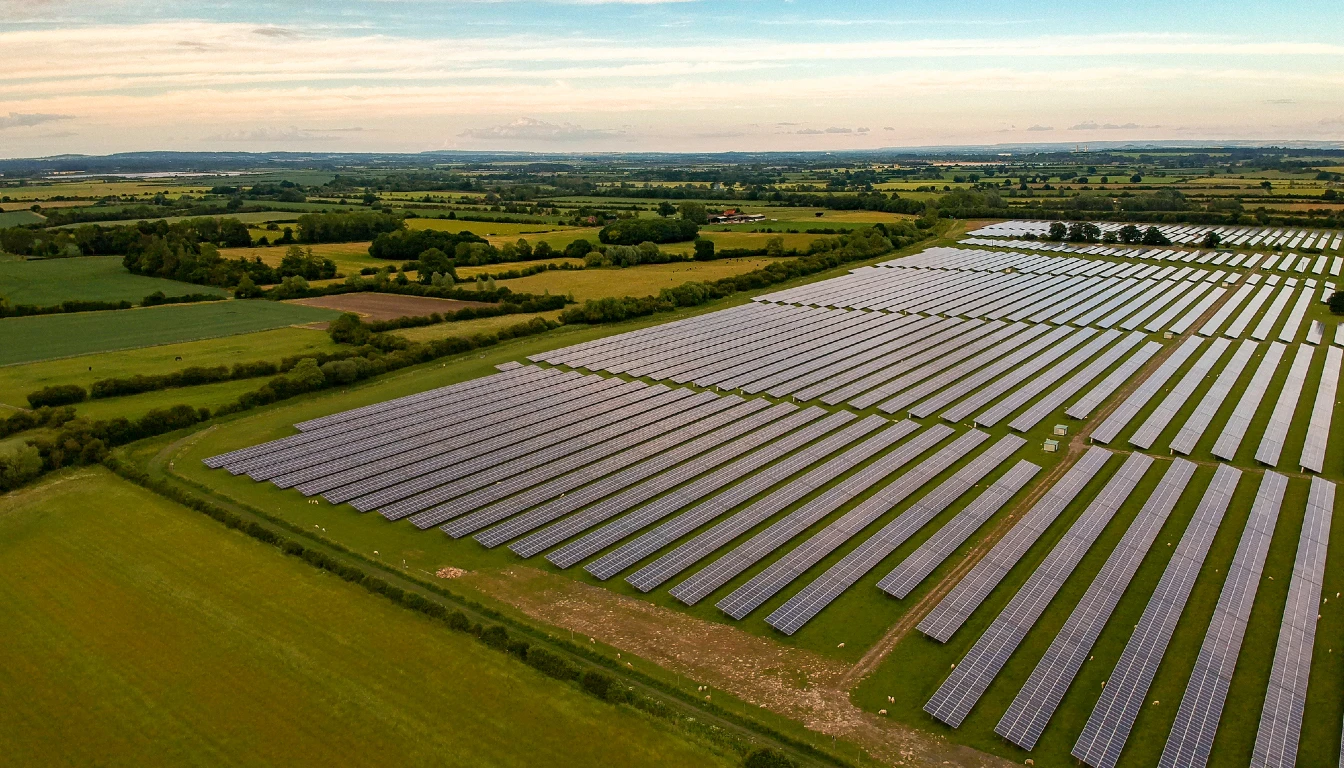The United Kingdom is rapidly emerging as a significant player in the global solar energy market. Despite its relatively low levels of sunshine, the country is experiencing a solar boom, with 15.8GW of solar energy currently deployed and ambitious plans to reach 70GW by 2035. This target reflects a nearly five-fold increase from current levels.
Several factors contribute to the UK’s positive outlook in solar energy. Recent years have seen record-high energy costs in the country due to inflation and geopolitical tensions, particularly with Russia. These challenges have heightened awareness of the vulnerability of the British energy system, prompting a major focus on energy security and renewable sources like solar.
Investment in solar energy has increased significantly, with global figures rising from $127 billion in 2013 to $382 billion in 2023. The cost of solar energy has also decreased dramatically, almost 90% over the past decade. Policy momentum is strong, with the UK government proposing a UK Solar Taskforce and a roadmap to achieve the 70GW target.
The Labour Party has expressed even greater ambition, planning to move national clean energy targets to 2030 and proposing the creation of a new national utility company called Great British Energy.
On the other side of the globe, Australia, historically a leader in solar energy due to its high levels of sunshine, has seen a slowdown. Investment in large-scale solar plants diminished significantly in 2023, though small-scale rooftop solar remains robust. The Australian government’s ‘Powering Australia’ plan is working to reverse this trend, but its 2030 renewable targets remain uncertain.
The commercial potential for solar in the UK is enormous. Businesses have been proactive, with 44% implementing climate action plans and increasing their renewable energy usage. Power Purchase Agreements (PPAs) have enabled companies like Tesco and M&S to reduce energy bills by 20-30% annually.
Technological advancements are also playing a crucial role. High-resolution satellite imagery and digital twin technologies are improving the efficiency and performance of solar installations, making accurate solar irradiance data essential for investment and operational decisions.
As the UK continues to accelerate its solar deployments and technological innovations, it is poised to become a global leader in solar energy, rivaling even the sunniest nations.




